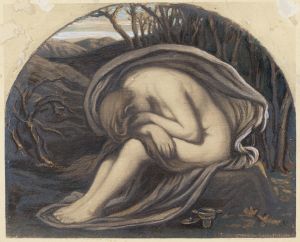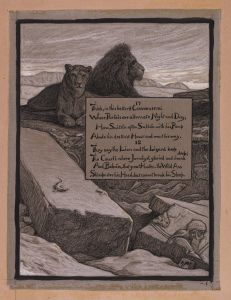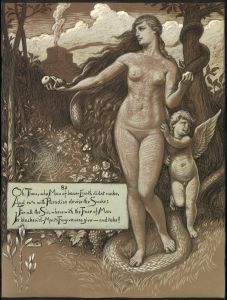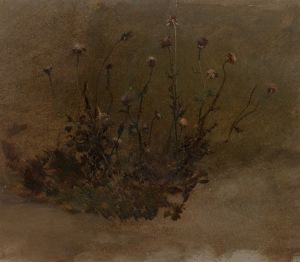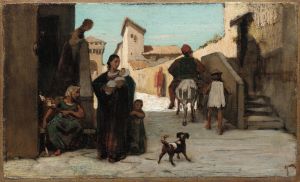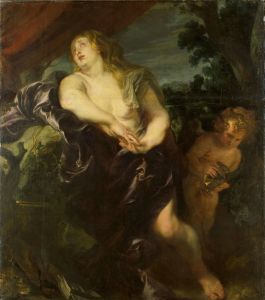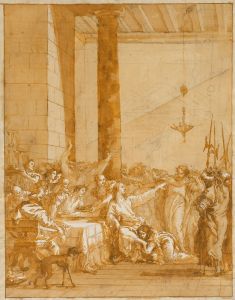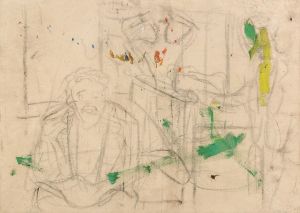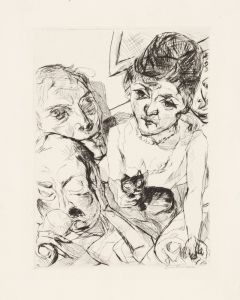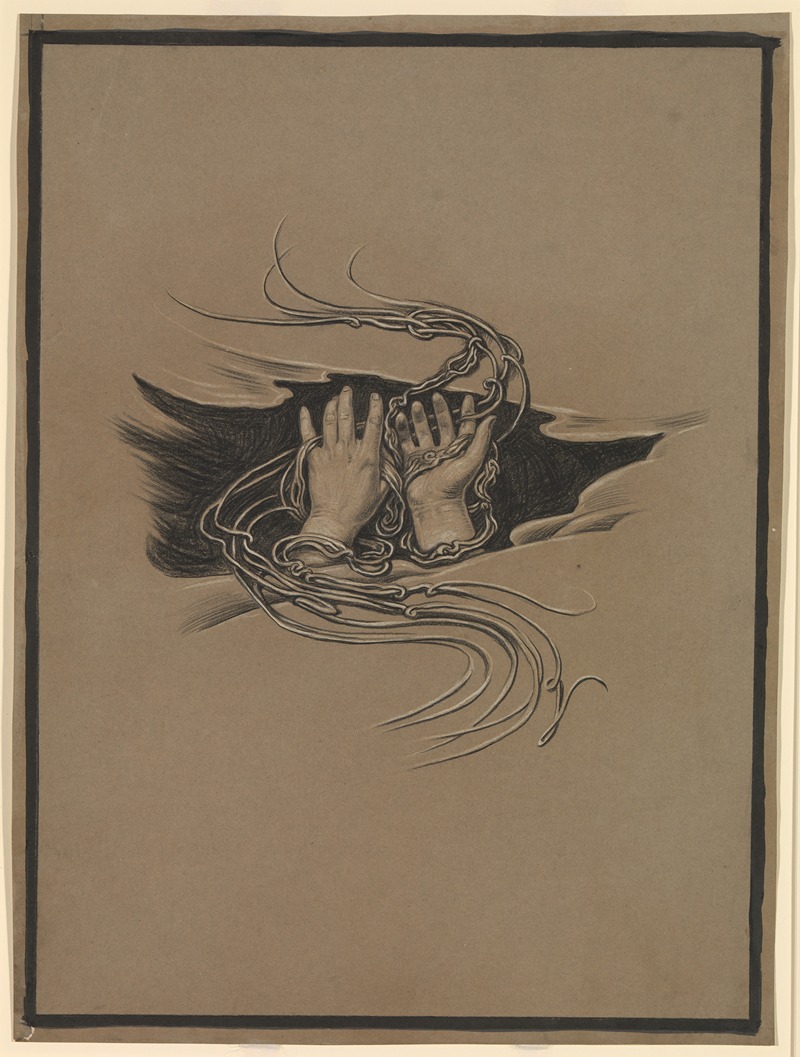
Pardon Giving and Pardon Imploring Hands
A hand-painted replica of Elihu Vedder’s masterpiece Pardon Giving and Pardon Imploring Hands, meticulously crafted by professional artists to capture the true essence of the original. Each piece is created with museum-quality canvas and rare mineral pigments, carefully painted by experienced artists with delicate brushstrokes and rich, layered colors to perfectly recreate the texture of the original artwork. Unlike machine-printed reproductions, this hand-painted version brings the painting to life, infused with the artist’s emotions and skill in every stroke. Whether for personal collection or home decoration, it instantly elevates the artistic atmosphere of any space.
Elihu Vedder was an American symbolist painter, known for his imaginative and often mystical works. One of his notable paintings is "Pardon Giving and Pardon Imploring Hands," which reflects his interest in symbolism and the human condition. Vedder was born in New York City in 1836 and spent much of his career in Italy, where he was influenced by the Renaissance and classical art, as well as by the burgeoning symbolist movement of the late 19th century.
"Pardon Giving and Pardon Imploring Hands" is a work that exemplifies Vedder's fascination with themes of forgiveness, redemption, and the human experience. The painting features a pair of hands, one reaching out in a gesture of giving pardon, and the other imploring for it. This duality captures the complex interplay between mercy and supplication, a common theme in Vedder's work. The hands are depicted with meticulous detail, emphasizing the emotional weight of the gesture and the universal nature of the act of forgiveness.
Vedder's use of hands as the central motif in this painting is significant. Hands are a powerful symbol in art, often representing action, communication, and connection. By focusing on hands, Vedder distills the concept of pardon to its most essential form, removing any distractions and allowing viewers to contemplate the raw emotion and meaning behind the act. The simplicity of the composition, combined with the depth of its symbolism, is characteristic of Vedder's style.
The painting is executed in a muted color palette, which is typical of Vedder's work. He often employed subdued tones to create a dreamlike, ethereal quality in his paintings, drawing viewers into a contemplative state. This choice of color enhances the spiritual and introspective nature of "Pardon Giving and Pardon Imploring Hands," inviting viewers to reflect on their own experiences with forgiveness and mercy.
Elihu Vedder's work, including this painting, was part of a broader movement in the late 19th century that sought to explore the spiritual and emotional dimensions of human life through art. Symbolism, as an artistic movement, aimed to express the ineffable and the mysterious, often through allegory and metaphor. Vedder's paintings are a testament to this approach, using visual symbols to convey complex ideas and emotions.
While "Pardon Giving and Pardon Imploring Hands" may not be as widely recognized as some of Vedder's other works, such as his illustrations for Edward FitzGerald's translation of "The Rubaiyat of Omar Khayyam," it remains an important piece within his oeuvre. It reflects his enduring interest in the themes of human emotion and the metaphysical, as well as his skill in using symbolism to communicate profound ideas.
Elihu Vedder continued to create art until his death in 1923, leaving behind a legacy of works that continue to be studied and appreciated for their depth and beauty. "Pardon Giving and Pardon Imploring Hands" is a fine example of his ability to capture the essence of human experience through the lens of symbolism, making it a valuable piece for those interested in the intersection of art and philosophy.






